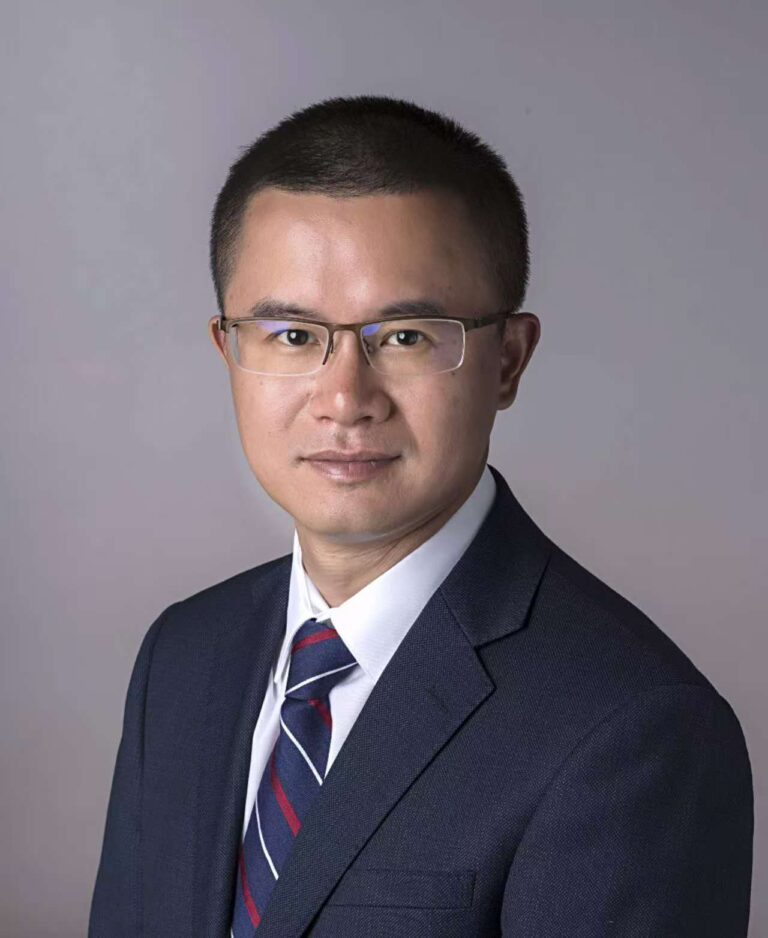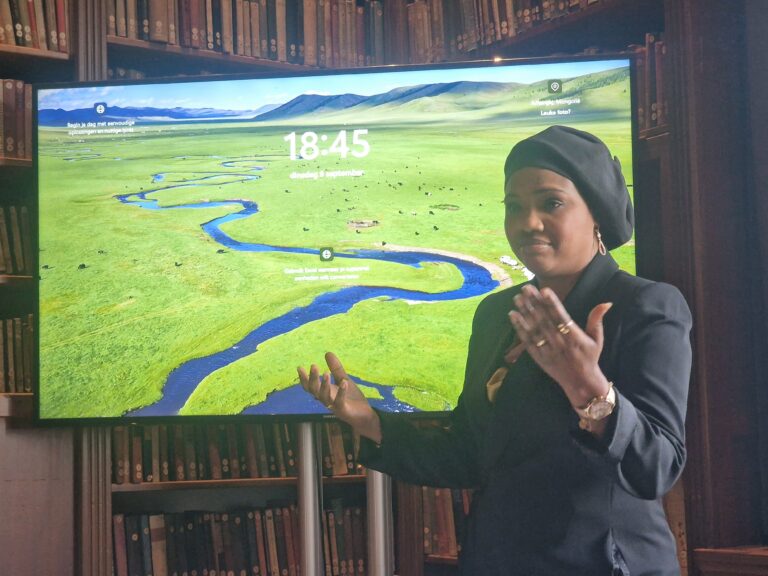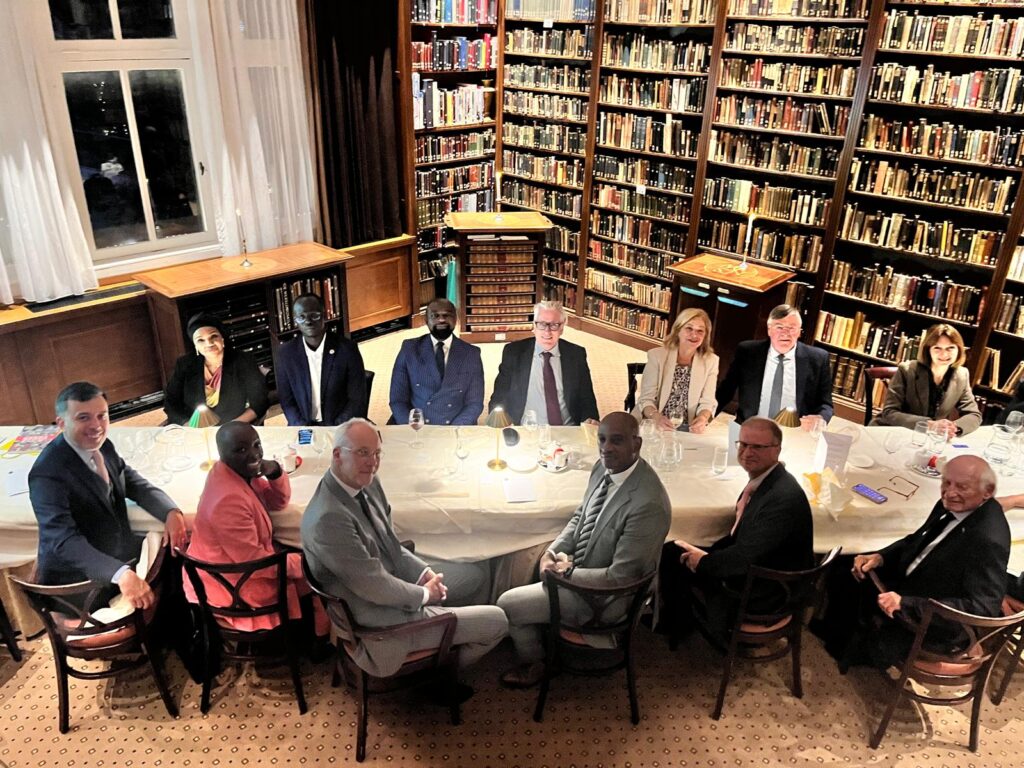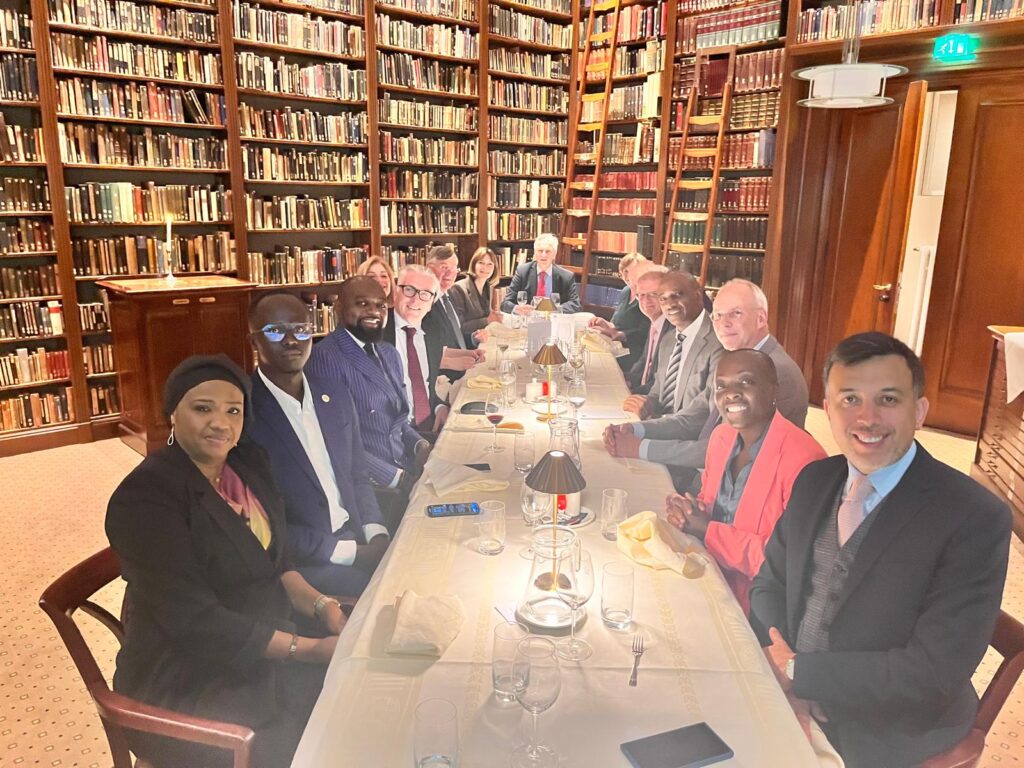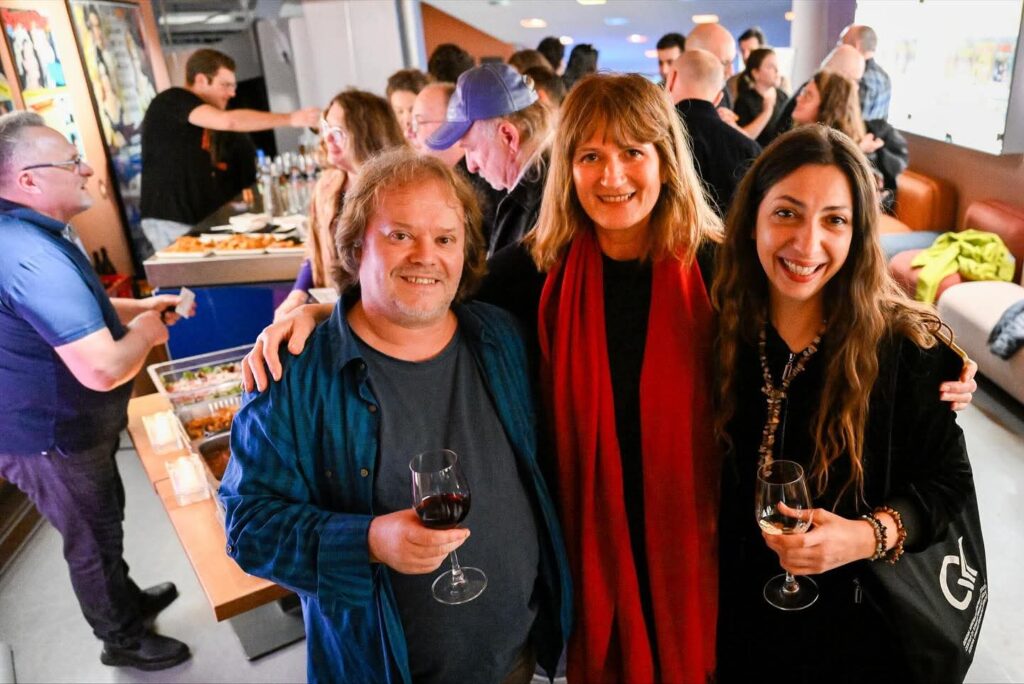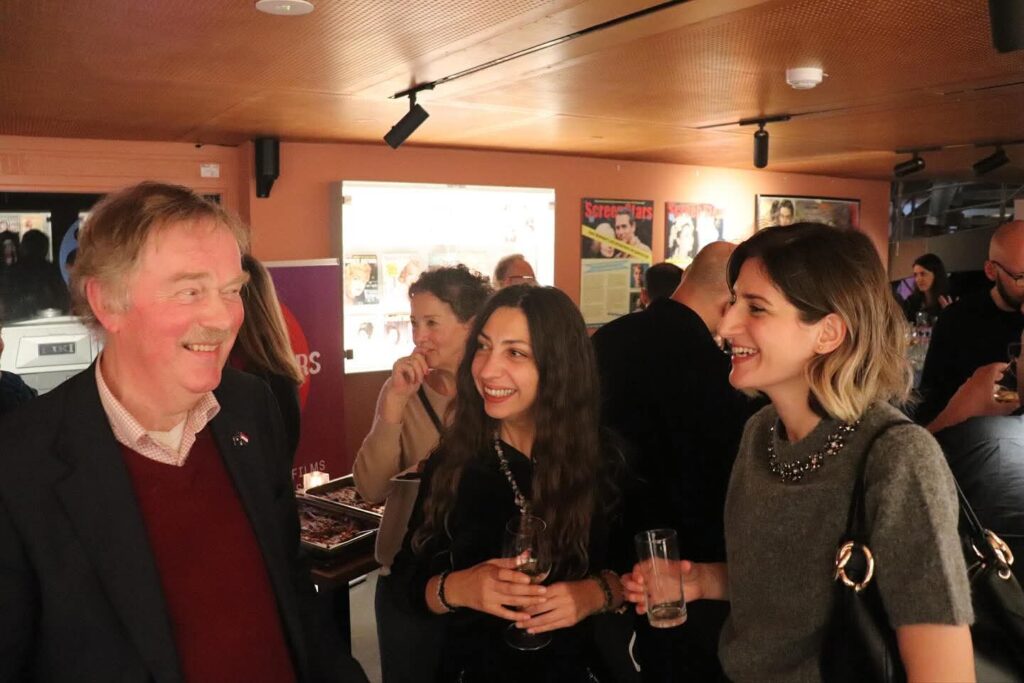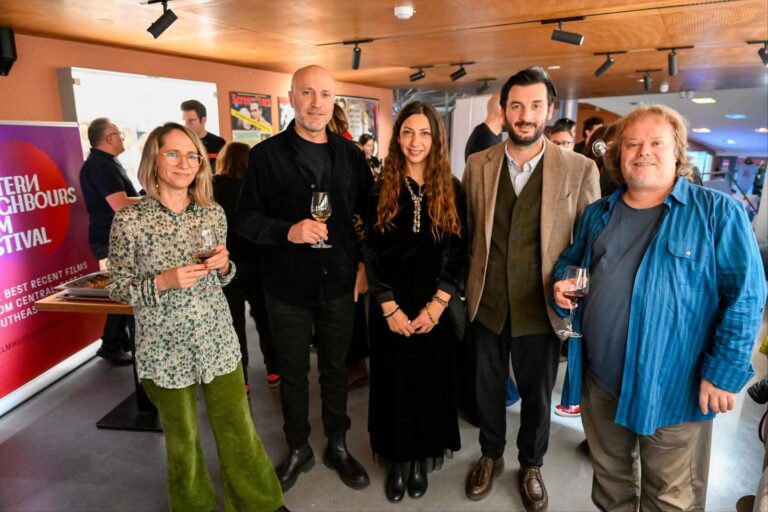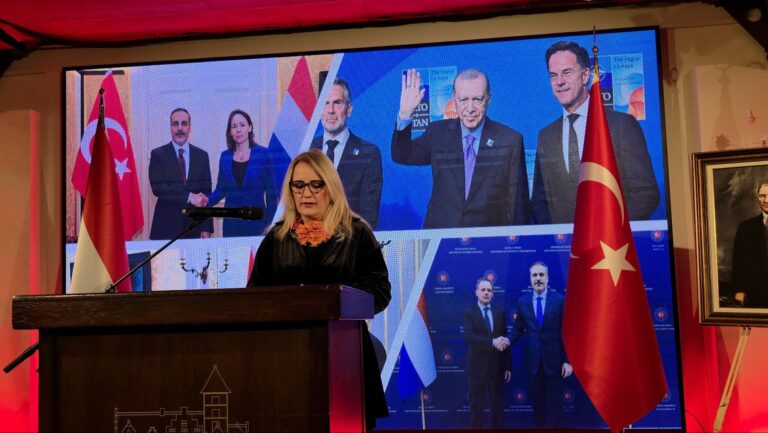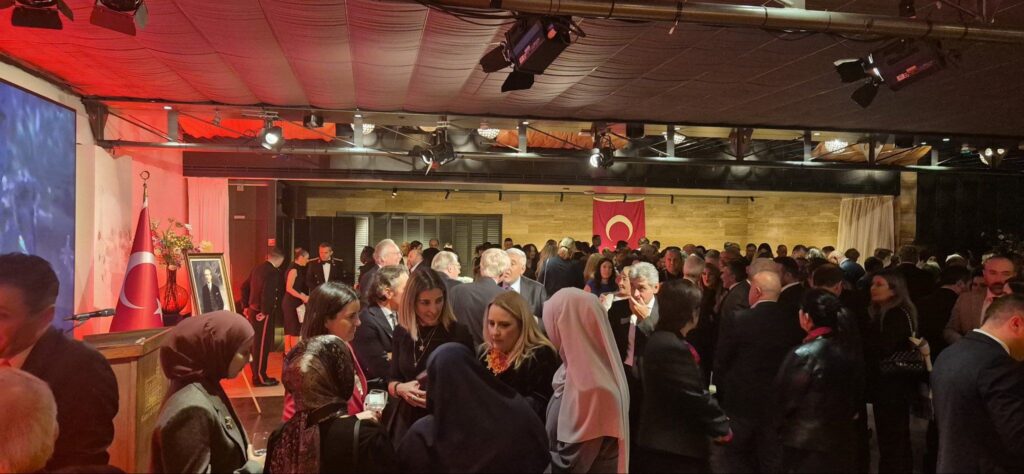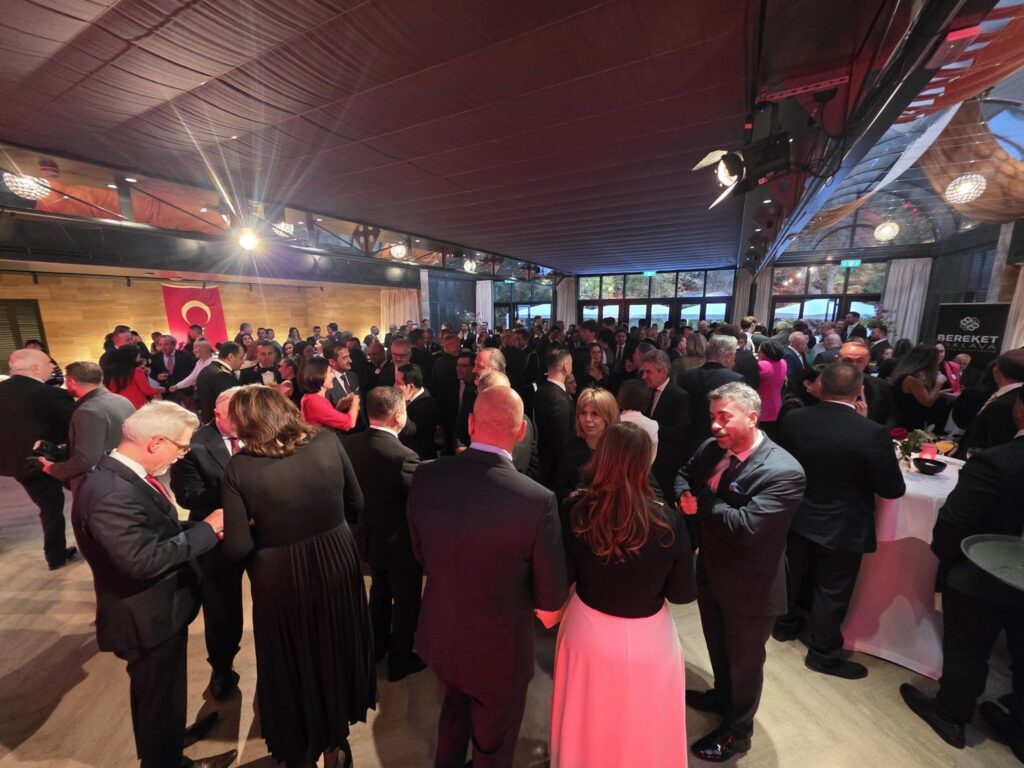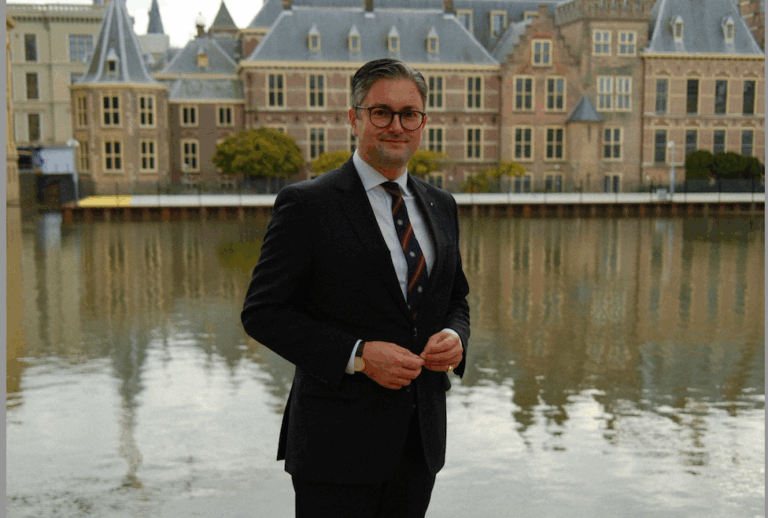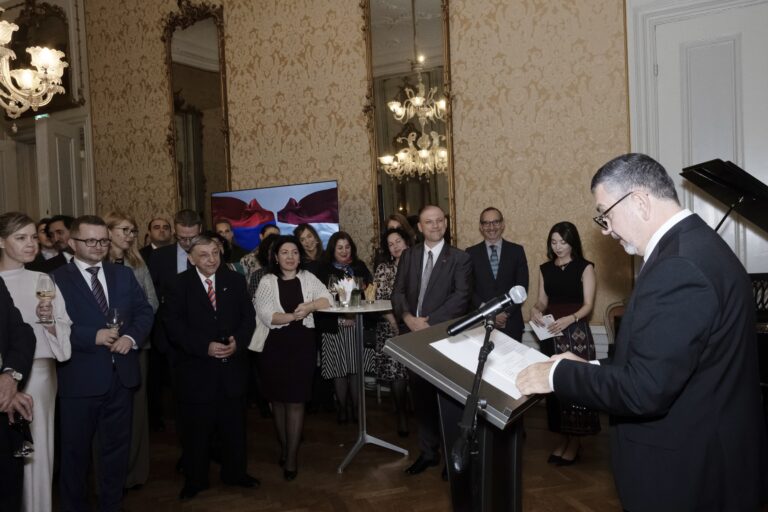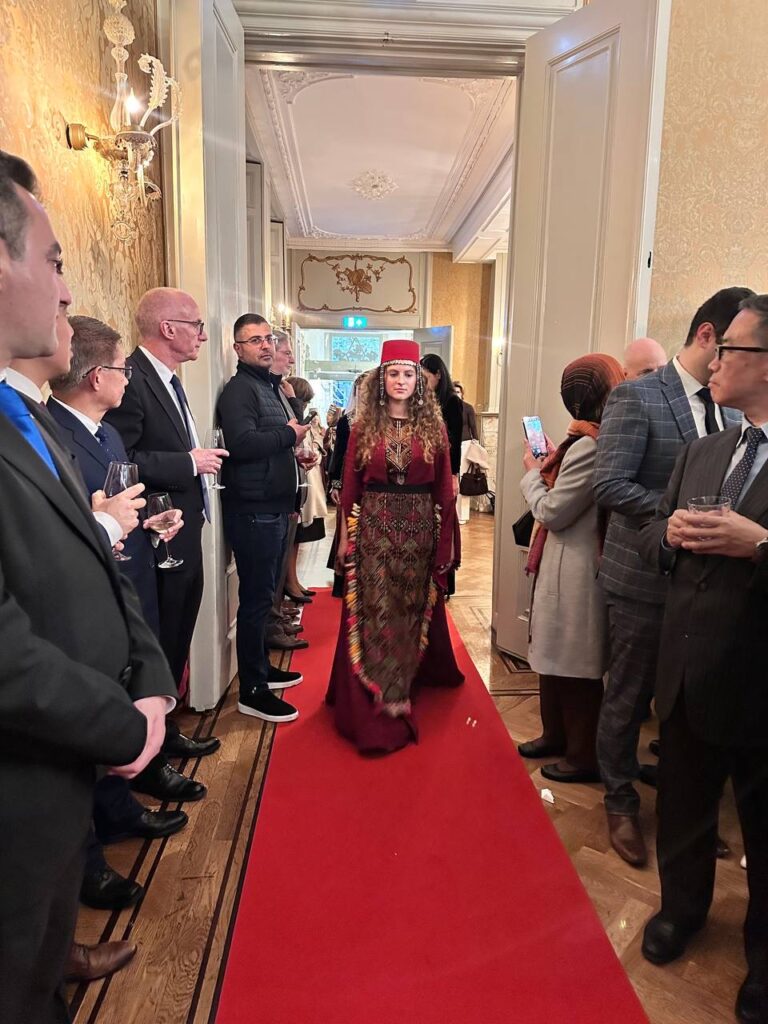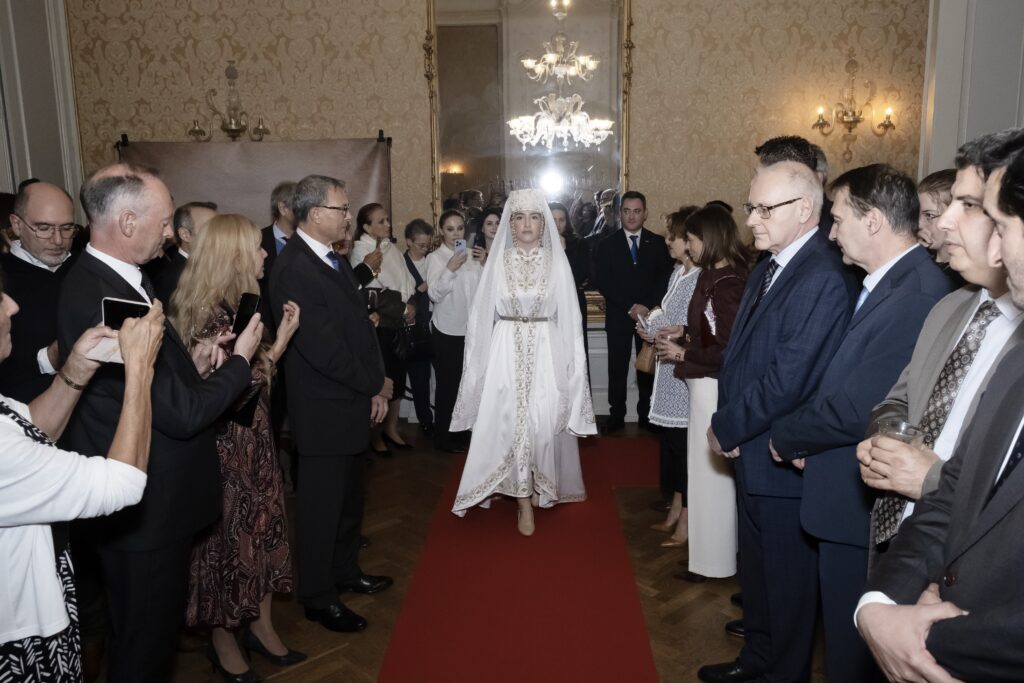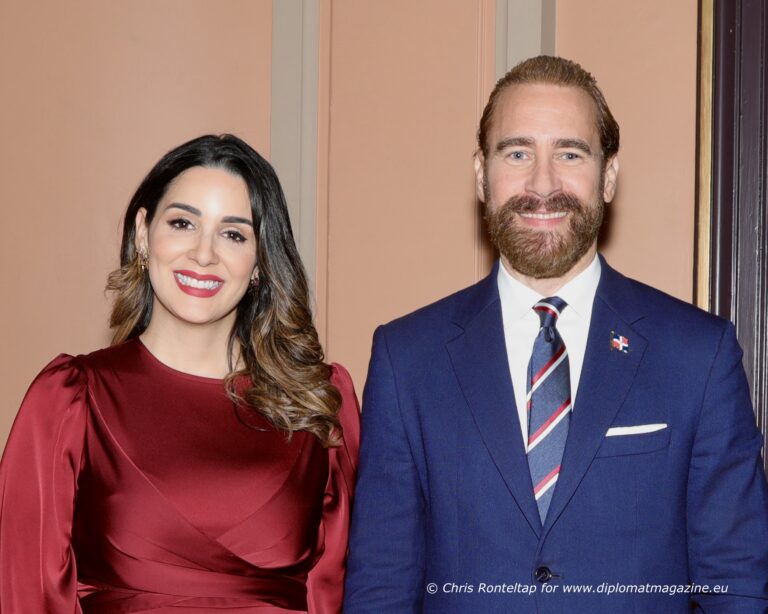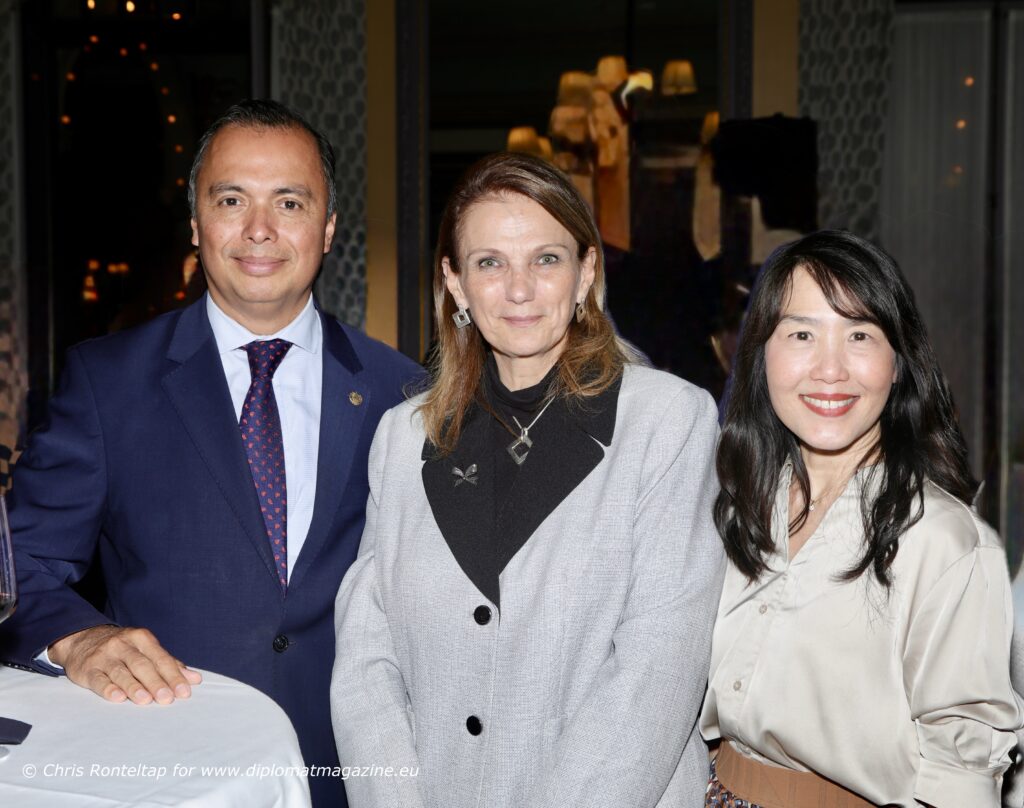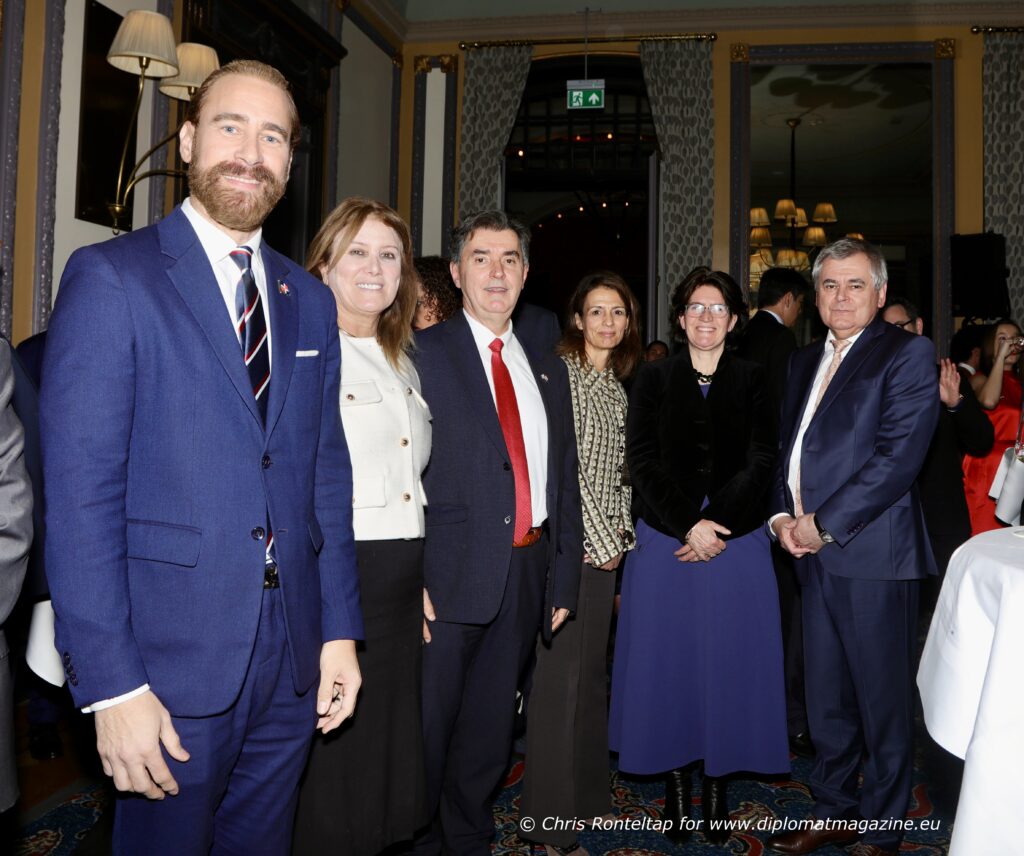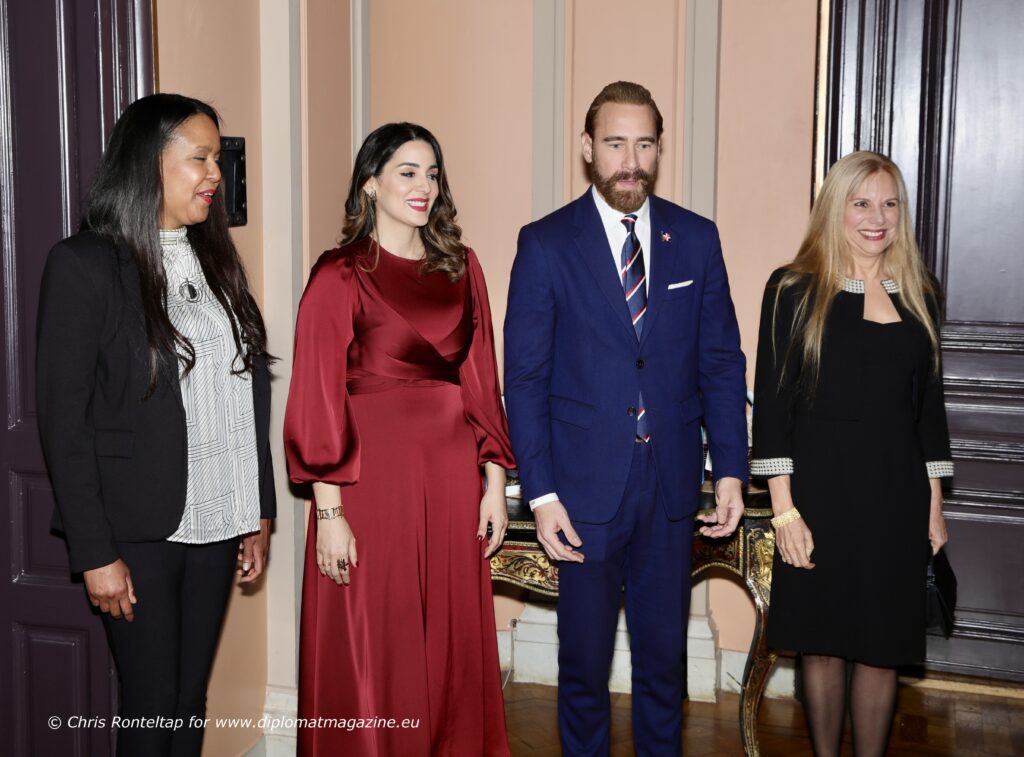By Mr. Zhang Yi, Charge d’affaires ad interim of the Embassy of People’s Republic of China in the Netherlands.
The Fourth Plenary Session of the 20th Central Committee of the Communist Party of China has recently adopted the Recommendations for Formulating the 15th Five-Year Plan. This milestone document sets forth the strategic framework for China’s economic and social development for the 2026-2030 period, outlining a forward-looking vision for deepening mutually beneficial cooperation with the international community.
Five-Year Plans: A Pillar of China’s Governance Capacity
Since the launch of the First Five-Year Plan in 1953, China has achieved two historic accomplishments rarely seen in human history-rapid economic growth and long-term social stability. From a country once struggling to produce basic goods such as matches and screws, China has evolved into the world’s largest manufacturing center, the second-largest consumer market, and the largest trading partner for over 150 countries and regions.
Over the past four decades, China has lifted more than 800 million people out of poverty, accounting for over 70 percent of global poverty reduction during this period. By 2020, all 98.99 million rural residents living below the current poverty line had been lifted out of poverty, achieving the UN 2030 Agenda’s poverty alleviation goal a full decade ahead of schedule.
The Five-Year Plan system is recognized as a distinctive institutional strength of China’s governance. While long-term centenary goals provide the overarching vision, Five-Year Plans translate that vision into concrete, actionable steps. China’s achievements have not been a product of chance but the result of institutional coherence, strategic planning, and the persistent efforts of generations.
As a strategic, systemic, and forward-looking framework, the Five-Year Plan aligns the strengths of an “effective market” with those of a “capable government,” mobilizing nationwide resources to advance key national undertakings and accelerating the historic process of Chinese modernization.
Historic Progress Under the 14th Five-Year Plan
As the 14th Five-Year Plan (2021-2025) draws to a close, China has made significant, transformative advances on its path toward high-quality development. The country’s overall national strength has reached a new level, while steady progress has been made in pursuing Chinese modernization.
Economically, China has maintained steady, sound growth. Since 2021, the economy has sustained an average annual growth rate of around 5.5 percent, contributing roughly 30 percent of global economic expansion. China’s GDP is expected to reach approximately 140 trillion yuan in 2025. In 2024 alone, China’s imports exceeded USD 2.82 trillion, creating vast opportunities for global enterprises.
China’s wind and solar exports have played a major role in advancing global decarbonization efforts, helping other countries reduce an estimated 4.1 billion tonnes of carbon emissions since 2021. Energy consumption per unit of GDP has fallen by 11.6 percent over the past four years, and China remains the world’s largest producer and seller of new energy vehicles.
China has embedded the implementation of the UN 2030 Agenda for Sustainable Development in the 14th Five-Year Plan. Initiatives such as the Global Development Initiative have strengthened cooperation with the UN system and various international organizations, supporting over 180 development projects across more than 60 countries and benefiting over 30 million people.
The Blueprint for the 15th Five-Year Plan (2026–2030)
The central objective of the 15th Five-Year Plan is to make steady progress toward realizing socialist modernization by 2035. One major benchmark is raising China’s per capita GDP to the level of moderately developed countries. The Recommendations reaffirm high-quality development as the overriding priority, highlight scientific and technological innovation as the primary driver, call for steady progress toward common prosperity, and reiterate the Party’s strong commitment to combating corruption.
The drafting process exemplifies whole-process people’s democracy. Under the direct leadership of President Xi Jinping, six central research teams conducted extensive field studies; 35 major research projects were launched; and more than 3 million public submissions were collected through online consultations, from which over 1,500 high-quality suggestions were incorporated. This process transformed collective insight into national strategy and ensured scientific, democratic, and law-based policy making.
New Opportunities: China’s Opening-Up in the 15th Five-Year Plan
The plenary session reaffirmed China’s unwavering commitment to high-standard opening up, deepening mutually beneficial cooperation, and contributing to the building of a community with a shared future for humanity. China’s industrial upgrading and the continued expansion of its domestic market will create new and far-reaching opportunities for global investors and trading partners.
Between 2026 and 2030, China will further expand market access in the services sector, strengthen regional and bilateral cooperation mechanisms, broaden its network of high-standard free trade agreements, increase imports to support industrial upgrading and meet rising consumer demand, and foster a more transparent, stable, and predictable business environment.
With 22 pilot free trade zones and the Hainan Free Trade Port, China has fully lifted foreign investment restrictions in manufacturing and significantly expanded market access in telecommunications, healthcare, and education.
China-Netherlands Relations: New Momentum for a New Era
The Netherlands remains China’s important Open and Pragmatic Partner for Comprehensive Cooperation. China views its partnership with the Netherlands as an integral part of China-EU relations and a key component of its broader opening to Europe. The 15th Five-Year Plan period will inject new impetus into bilateral relations across several areas, including economic and trade cooperation, where China is eager to deepen ties in trade, investment, logistics, agri-food collaboration, and high-end manufacturing. The complementarity between China’s vast market and the Netherlands’ advanced industries presents strong mutual benefits.
In green and sustainable development, China and the Netherlands can expand cooperation in renewable energy, the circular economy, green technologies, and climate-transition solutions. On digital and technological innovation, China welcomes Dutch participation in cooperative efforts on the digital economy, smart logistics, AI governance, and next-generation infrastructure, grounded in mutual respect and equality. Additionally, China supports enhanced exchanges in education, research, culture, tourism, and subnational cooperation to strengthen the social foundation of bilateral ties.
A More Open China, A More Stable World
China’s continued opening up will generate far-reaching global benefits. As a major economy with deep integration into global supply chains, China’s prospects for stable growth, strong innovation momentum, and expanded cooperation will reinforce global confidence amid rising uncertainties. China stands ready to work with the international community to advance the Global Governance Initiative, promote a fairer and more equitable global governance system, and contribute to building a community with a shared future for humanity.

